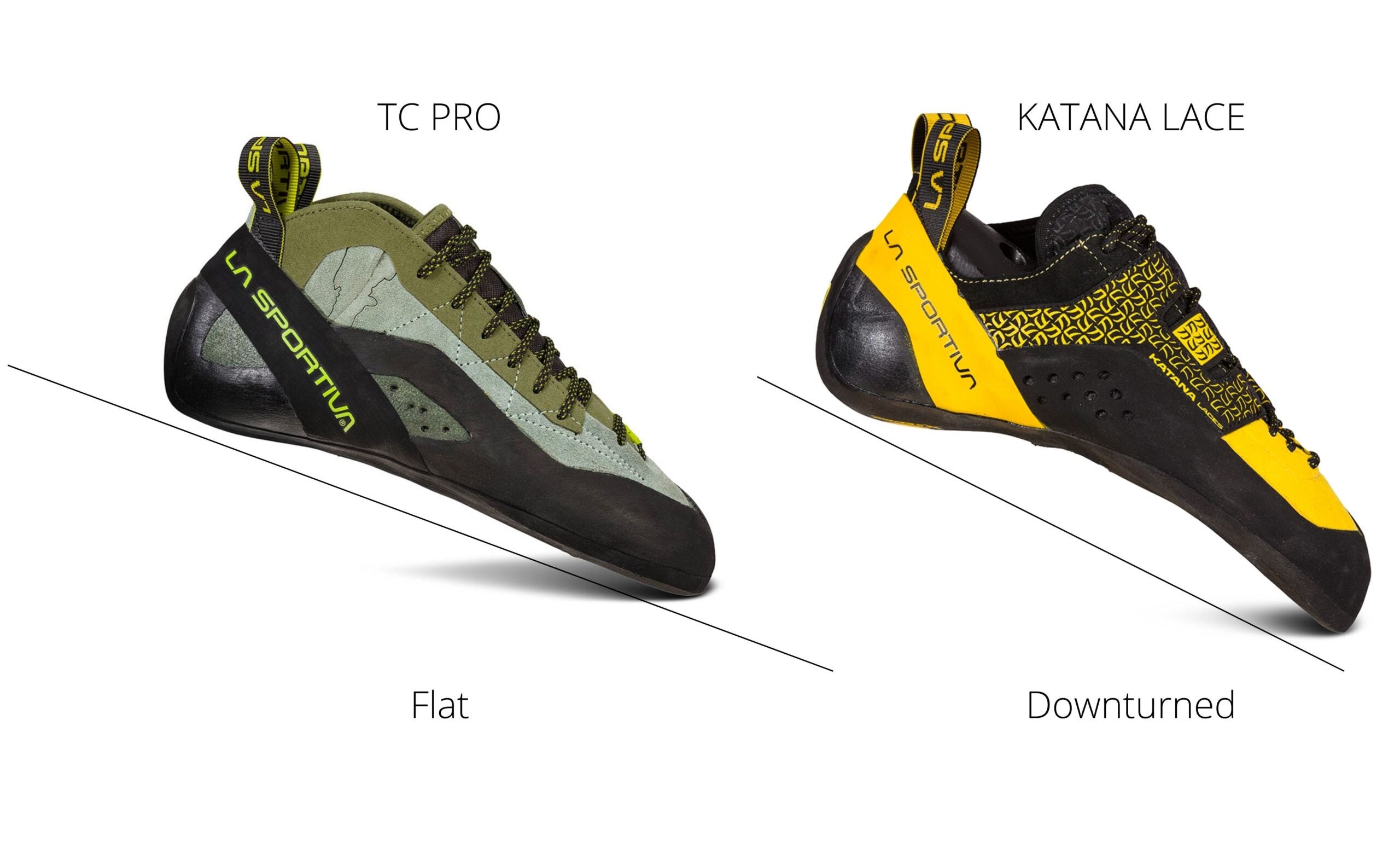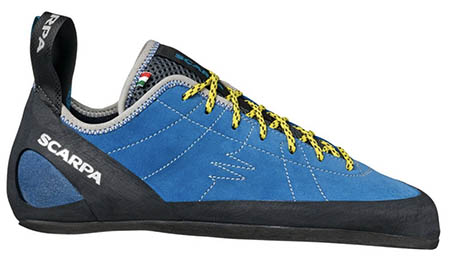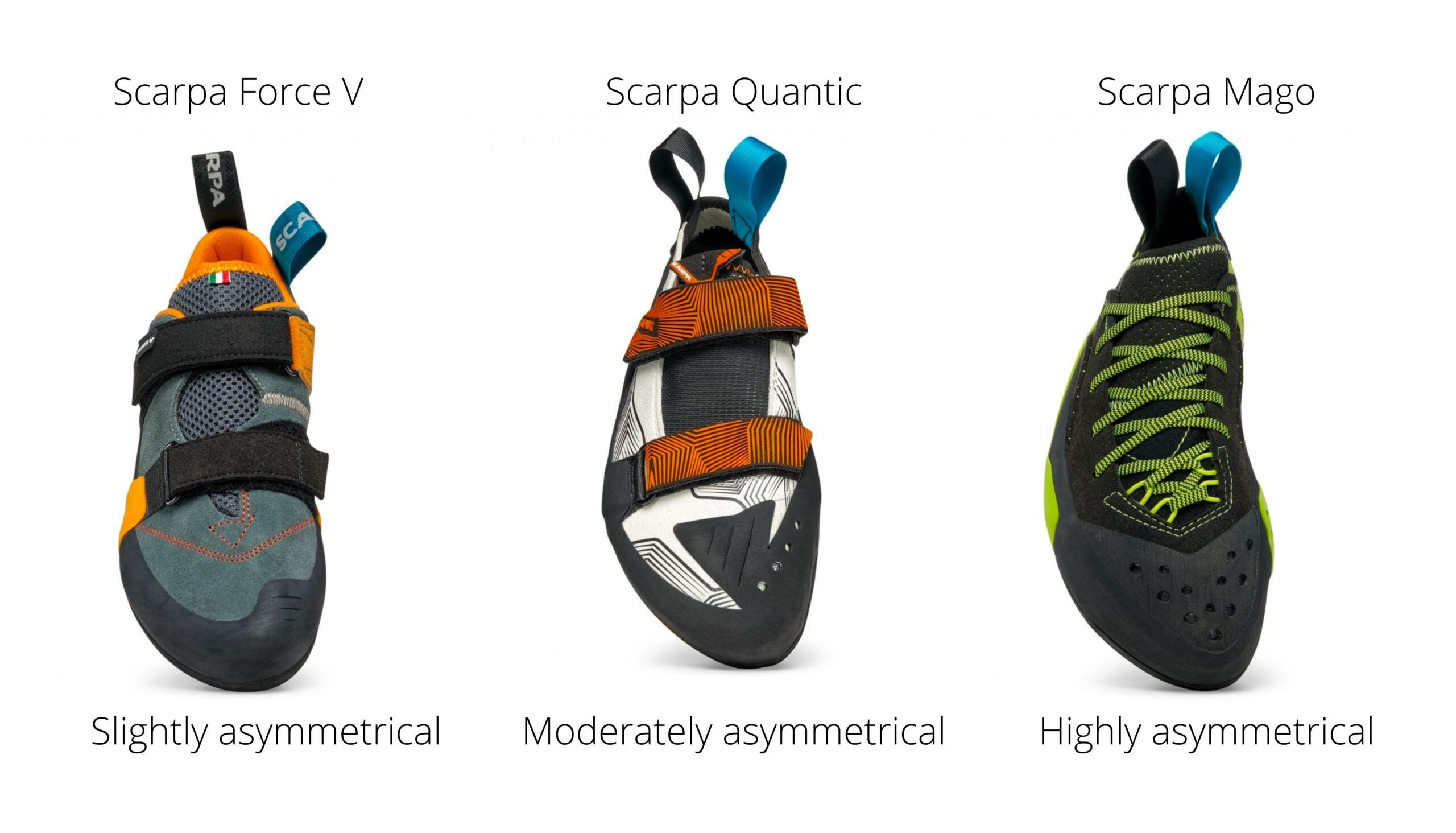The Ultimate Guide to Choosing the Best Beginner Climbing Shoes for Your First Climb
Embarking on the adventure of rock climbing can be as thrilling as it is daunting, especially when it comes to selecting the right gear. One of the most crucial pieces of equipment for any climber, regardless of their experience level, is a pair of climbing shoes. The best beginner climbing shoes are designed to provide comfort, support, and the necessary grip for novice climbers to feel confident and safe on the rock face.

Understanding Climbing Shoe Anatomy
Before diving into the specifics of what makes the best beginner climbing shoes, it’s essential to understand the anatomy of climbing shoes. According to Wikipedia, climbing shoes are characterized by their snug fit, sticky rubber soles, and often downturned toes. These features are designed to enhance performance, but for beginners, the focus should be on finding shoes that offer a balance between precision and comfort.
Comfort: The Key for Beginners
Comfort should be the primary consideration when choosing the best beginner climbing shoes. As a beginner, you’re still getting accustomed to the physical demands of climbing. Shoes that are too tight can lead to discomfort and even injury. Climbing legend “Lynn Hill” once said, “Climbing is as much a mental game as it is physical.” Ensuring your feet are comfortable can significantly reduce mental stress during climbs.

Support and Fit
The fit of your climbing shoes is paramount. They should snugly hold your foot without causing pain. The best beginner climbing shoes provide adequate support to the foot’s arch and heel, preventing excessive movement inside the shoe that can lead to blisters. As stated by 99boulders, “A proper fit is the foundation of a good climbing shoe.” Experiment with different lacing techniques to achieve the optimal balance of snugness and comfort.
Shoe Flex and Downturn
The flexibility of a climbing shoe can greatly affect your climbing style. Stiffer shoes provide better power and precision for more advanced techniques, but for beginners, a more flexible shoe is recommended. It allows for a more natural foot movement and is generally easier to put on and take off. Additionally, the degree of shoe downturn, or the curvature of the sole, influences the shoe’s grip and performance on overhangs. The best beginner climbing shoes should have a moderate downturn that facilitates learning basic climbing techniques without overcomplicating the shoe’s use.

Sizing and Trying On
When it comes to sizing, it’s crucial to remember that climbing shoes should feel tight but not painful. As a general rule, they should be about a full size smaller than your street shoe size. However, this can vary between brands and models. Trying on the best beginner climbing shoes is a must. Walk around in them, test their flexibility, and see how they feel on your feet after a few minutes of wear. This will give you a sense of their comfort level and performance capabilities.
Materials and Durability
The materials used in climbing shoes can affect their durability and performance. Synthetic materials tend to be more breathable and less prone to absorbing water, which is beneficial for long climbing sessions. Rubber soles should be sticky and long-lasting. When considering the best beginner climbing shoes, look for shoes that offer a balance of durability and performance without breaking the bank.

Final Thoughts
In conclusion, the journey to finding the best beginner climbing shoes is a personal one. It involves considering factors such as comfort, support, flexibility, and materials. Remember, the goal is to find shoes that will help you learn and grow as a climber without compromising your comfort or safety. Take the time to try on different options, read reviews, and perhaps most importantly, listen to the advice of experienced climbers. Your feet, and your climbs, will thank you.
